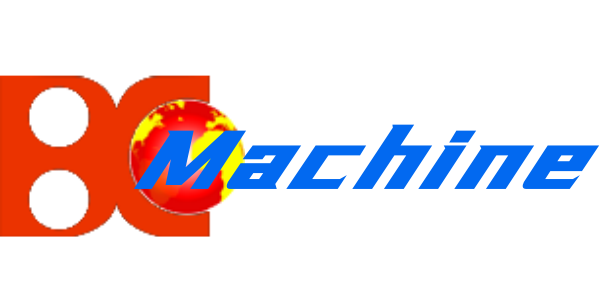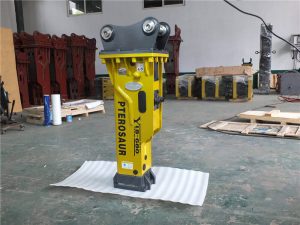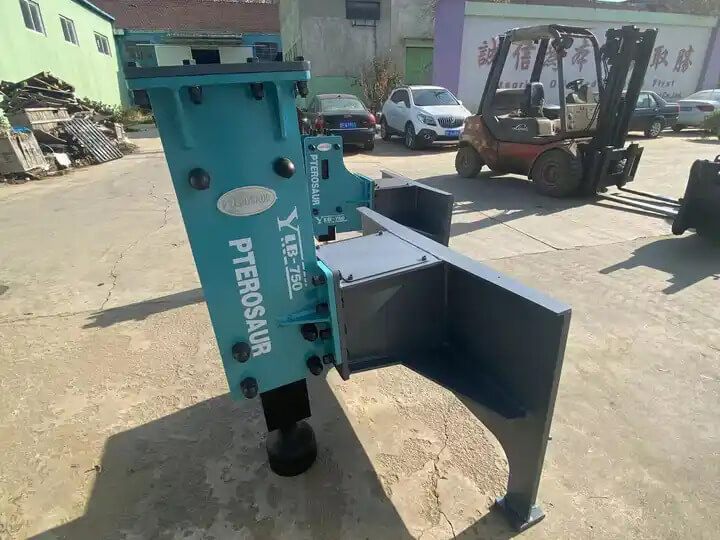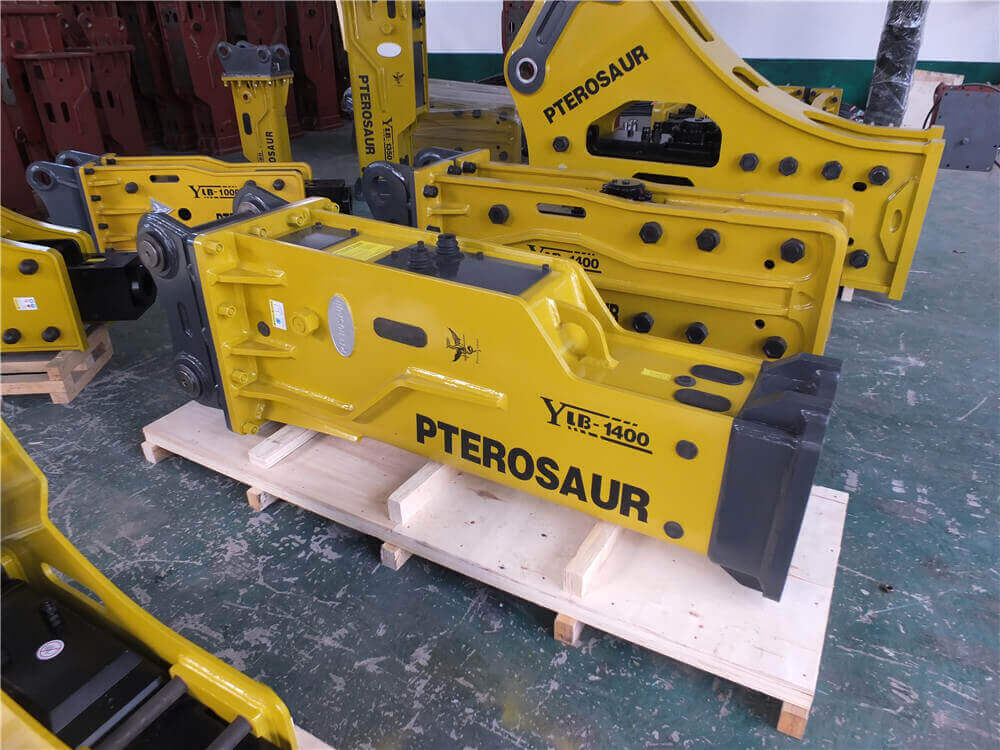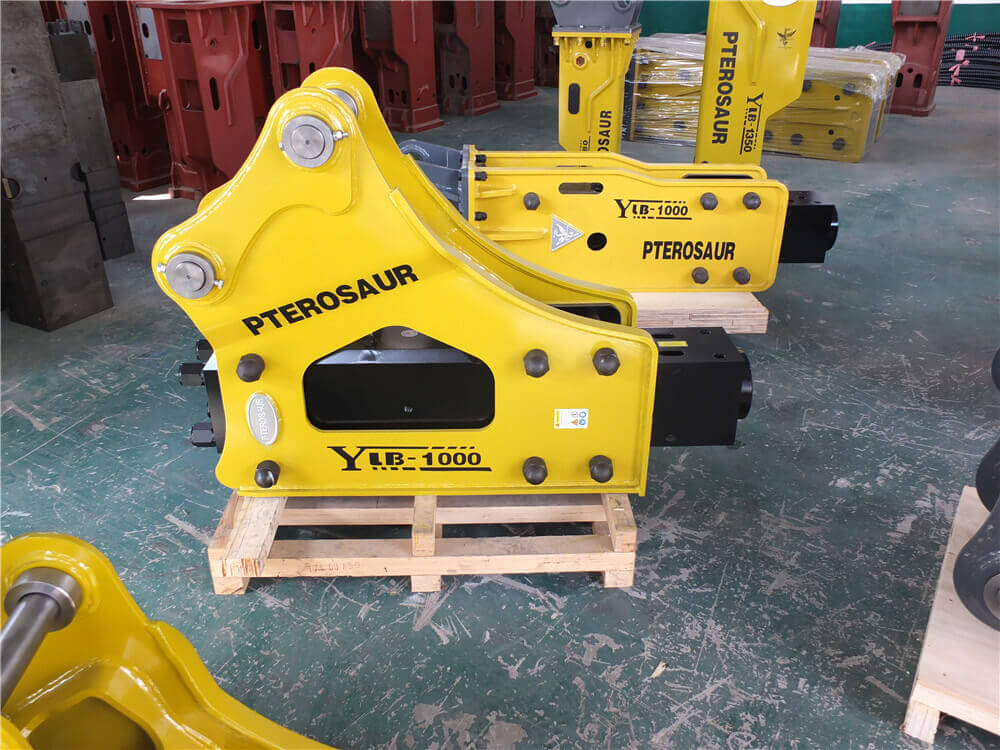Troubleshooting Common Issues with Hydraulic Hammers
Hydraulic hammers, also known as hydraulic breakers, are essential tools in the construction and mining industries, providing powerful percussion for demolishing concrete, rock, and other hard materials. However, like any heavy machinery, they can encounter issues that may hinder their performance. This article aims to identify common causes of hydraulic hammer malfunctions and offers troubleshooting tips to ensure optimal functionality.
Common Hydraulic Hammer Malfunctions
-
Hydraulic System Failure: One of the primary reasons for hydraulic hammer issues is a malfunctioning hydraulic system. It is crucial to verify the hydraulic system of the host machine is functioning correctly. Refer to the specific testing and adjusting procedures outlined in the host machine’s manual.
-
Slow or Soft Hits: Another frequent issue experienced by operators is when the hydraulic breaker hits soft or slow. This could be due to several factors, including clogged hydraulic lines or inadequate hydraulic fluid levels. Inspecting and cleaning the hydraulic lines, as well as checking fluid levels, is imperative.
-
Power Loss: If the hydraulic hammer fails to deliver the expected impact force, it may indicate low power from the hydraulic system. Operators should assess the hydraulic pressure and ensure it meets the required specifications for the hammer model in use.
-
Excessive Heat: Overheating can lead to severe damage in hydraulic hammers. If the hammer becomes excessively hot during operation, it may be due to low hydraulic fluid levels, poor lubrication, or overuse. Regular maintenance checks for fluid levels and ensuring proper lubrication can help mitigate this issue.
-
Oil Leaks: Oil leaks are a clear sign of a malfunctioning hydraulic hammer. Regular inspections for signs of oil leakage around the hydraulic hoses and connections can help identify potential issues before they escalate.
Troubleshooting Steps
To effectively troubleshoot common hydraulic hammer issues, follow these steps:
Step 1: Operational Checks
Begin with a thorough operational check. Ensure that all components are functioning correctly and that the hammer is securely attached to the host machine. Listen for unusual sounds during operation, as they can indicate underlying problems.
Step 2: Inspect the Hydraulic System
Carefully inspect the hydraulic system for any signs of wear or damage. Check hydraulic lines for clogs, leaks, or fractures. If any issues are found, repair or replace the damaged components before proceeding.
Step 3: Review Performance Issues
If problems persist, compile a troubleshooting checklist based on the symptoms observed. Common checkpoints include verifying hydraulic pressure, checking for overheating, and assessing the hammer’s impact performance.
Step 4: Consult the Manual
Refer to the operation and maintenance manual specific to your hydraulic hammer model. Manuals provide detailed troubleshooting procedures and can offer insights into resolving specific issues.
Step 5: Professional Assistance
If troubleshooting does not resolve the issues, consider seeking professional assistance. Hydraulic hammer repair experts can provide comprehensive diagnostics and repairs to restore the tool to optimal working conditions.
Conclusion
Troubleshooting common hydraulic hammer problems is essential for maintaining performance and preventing further damage. By identifying issues such as low power, excessive heat, oil leaks, and ensuring proper hydraulic functionality, operators can keep their hydraulic hammers in excellent condition. Regular maintenance and timely repairs will not only enhance the tool’s performance but also prolong its lifespan, making it a valuable asset in any construction or mining operation.
